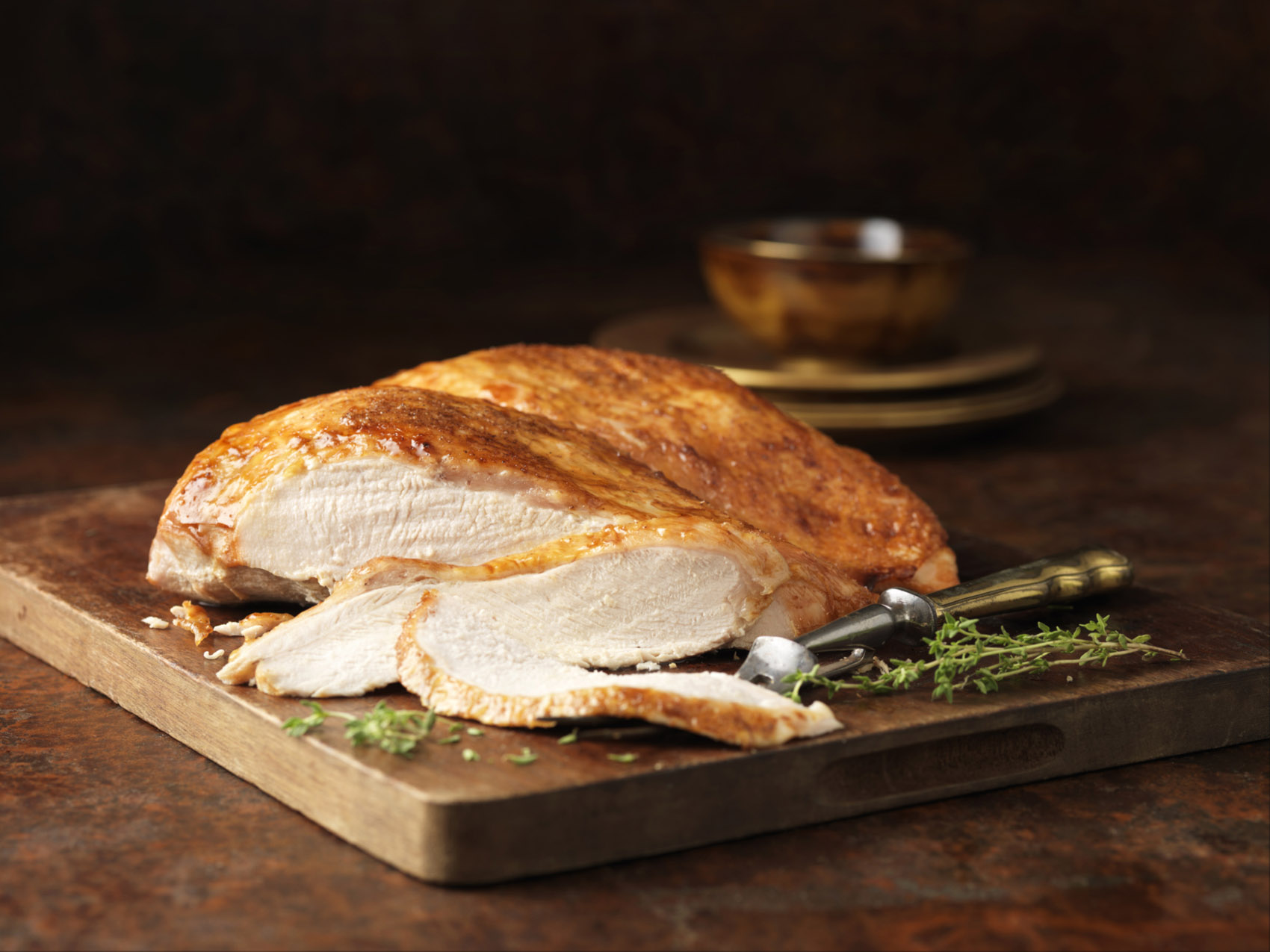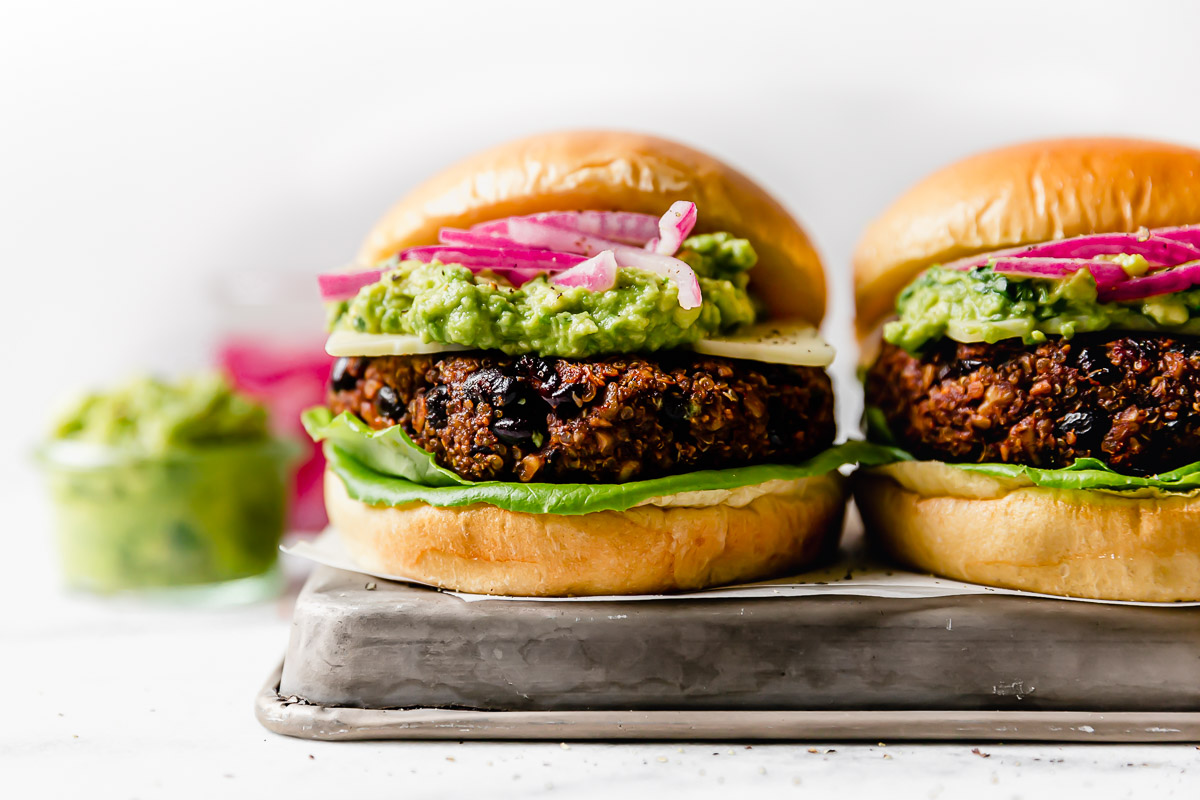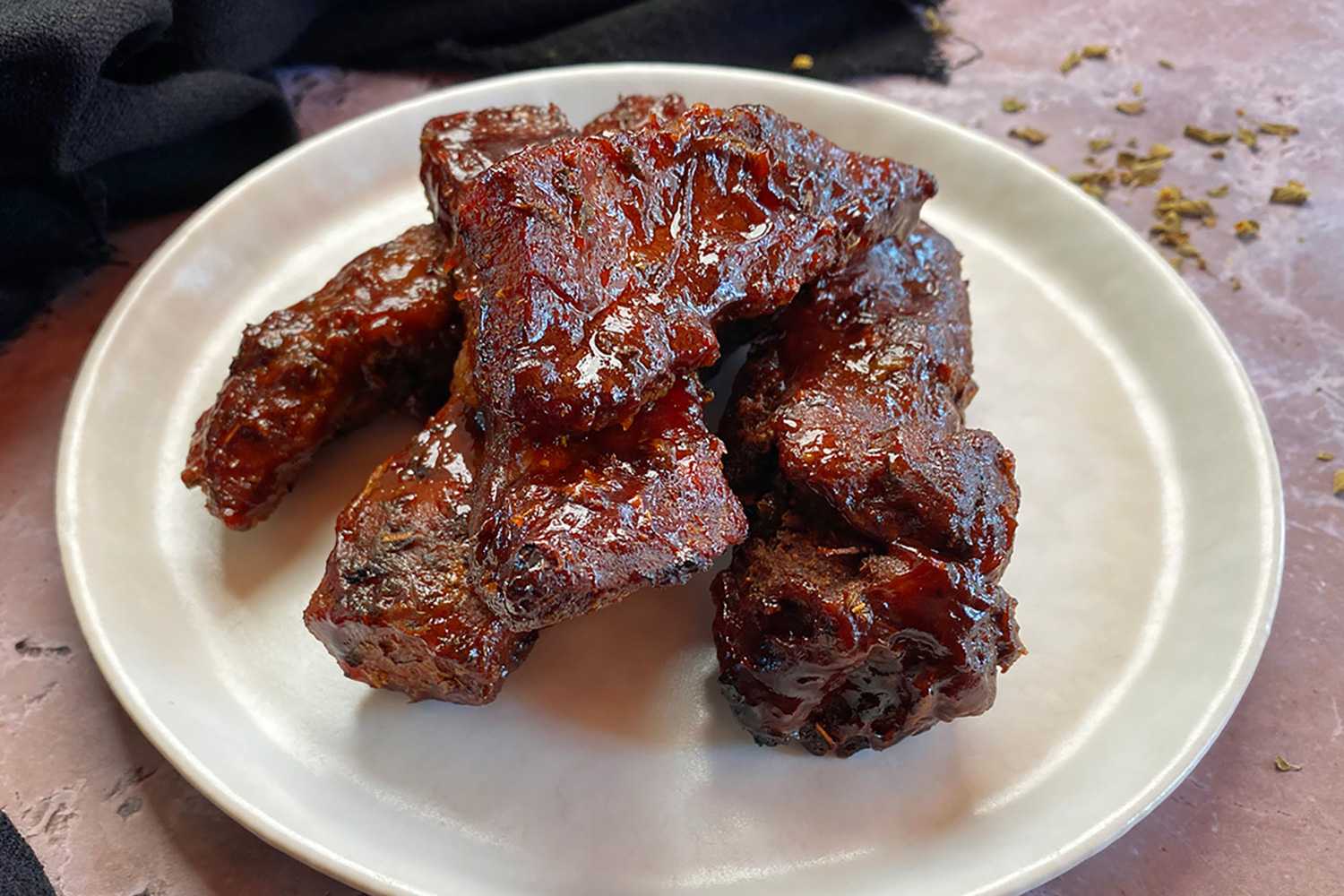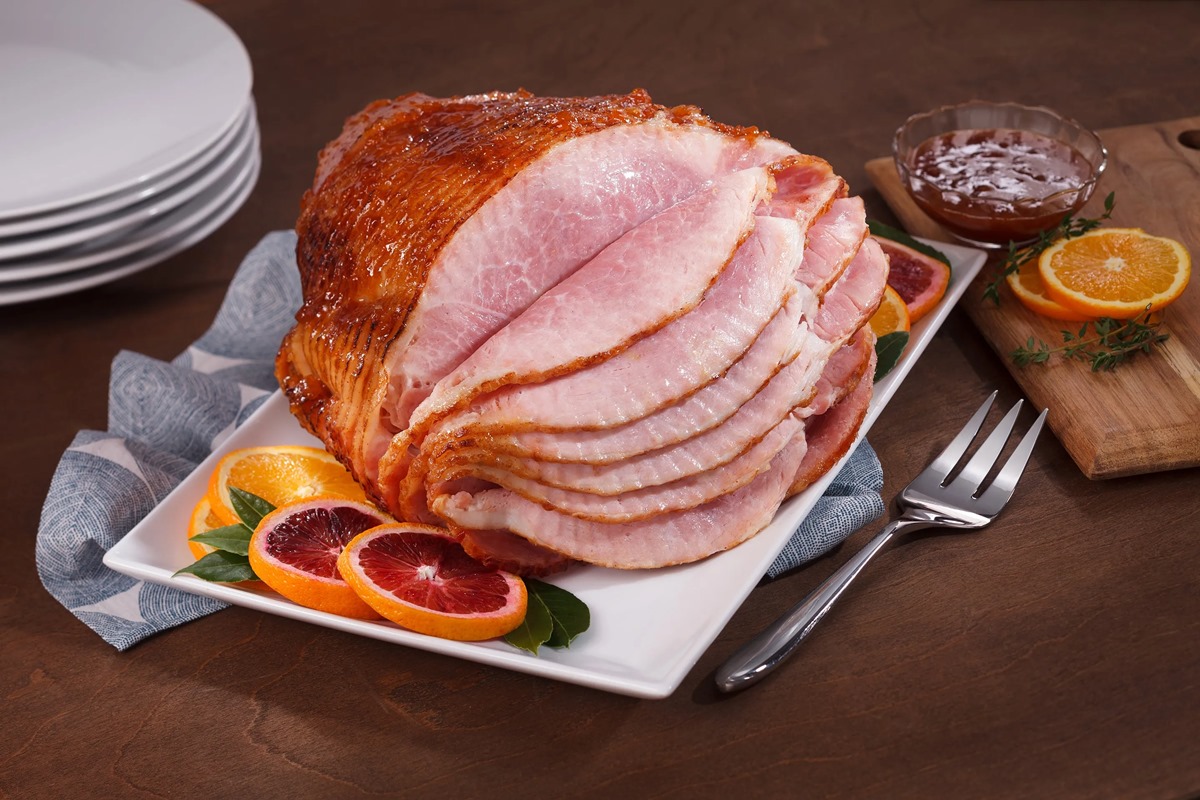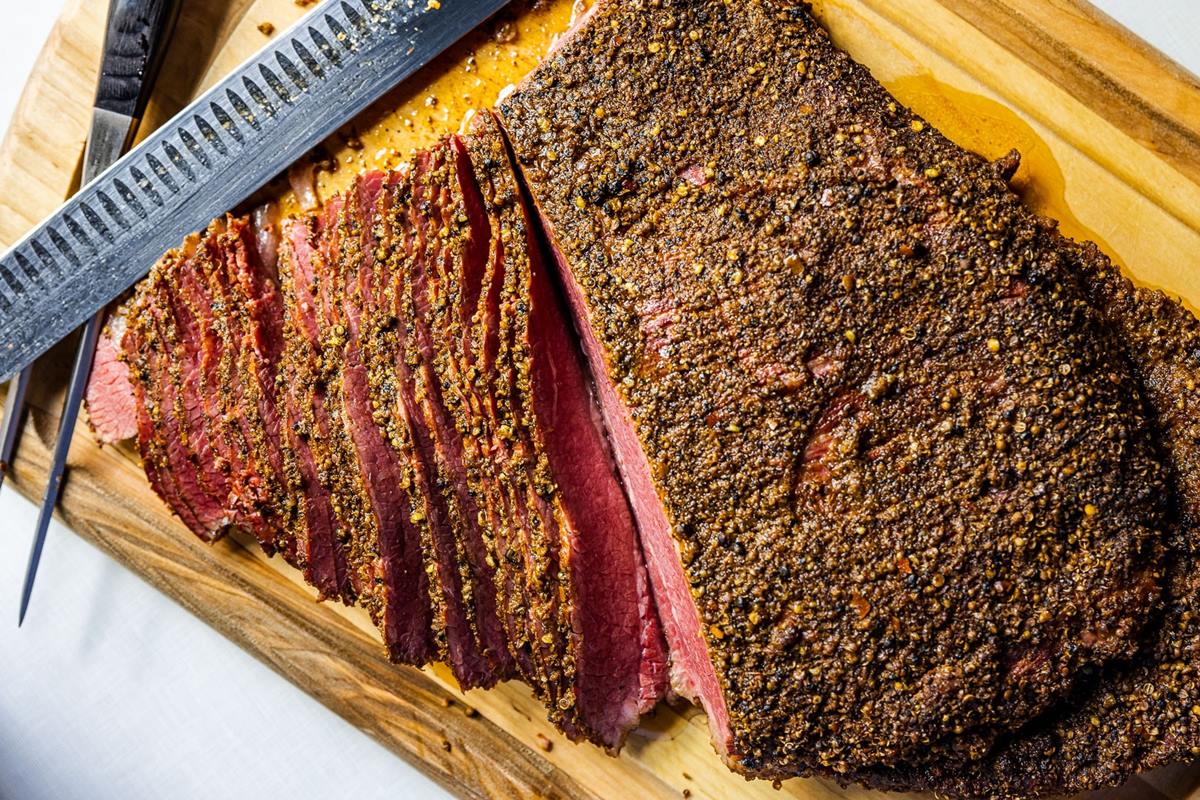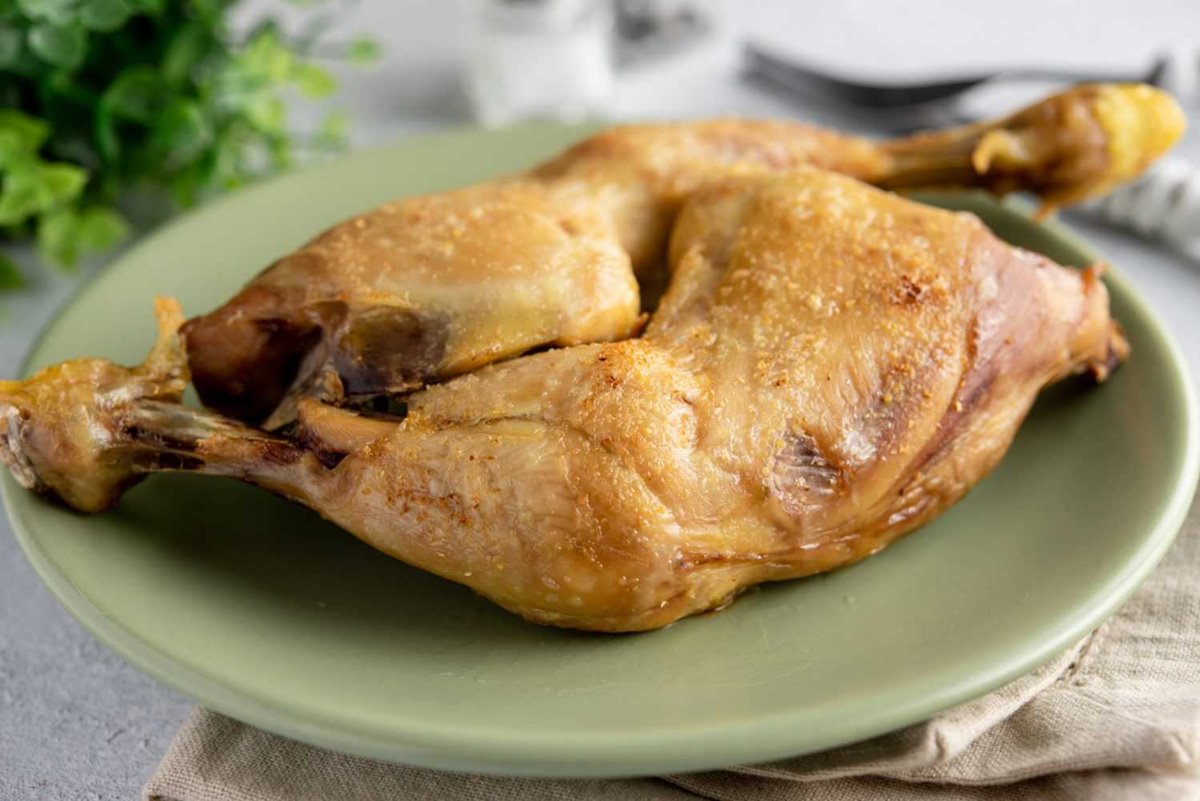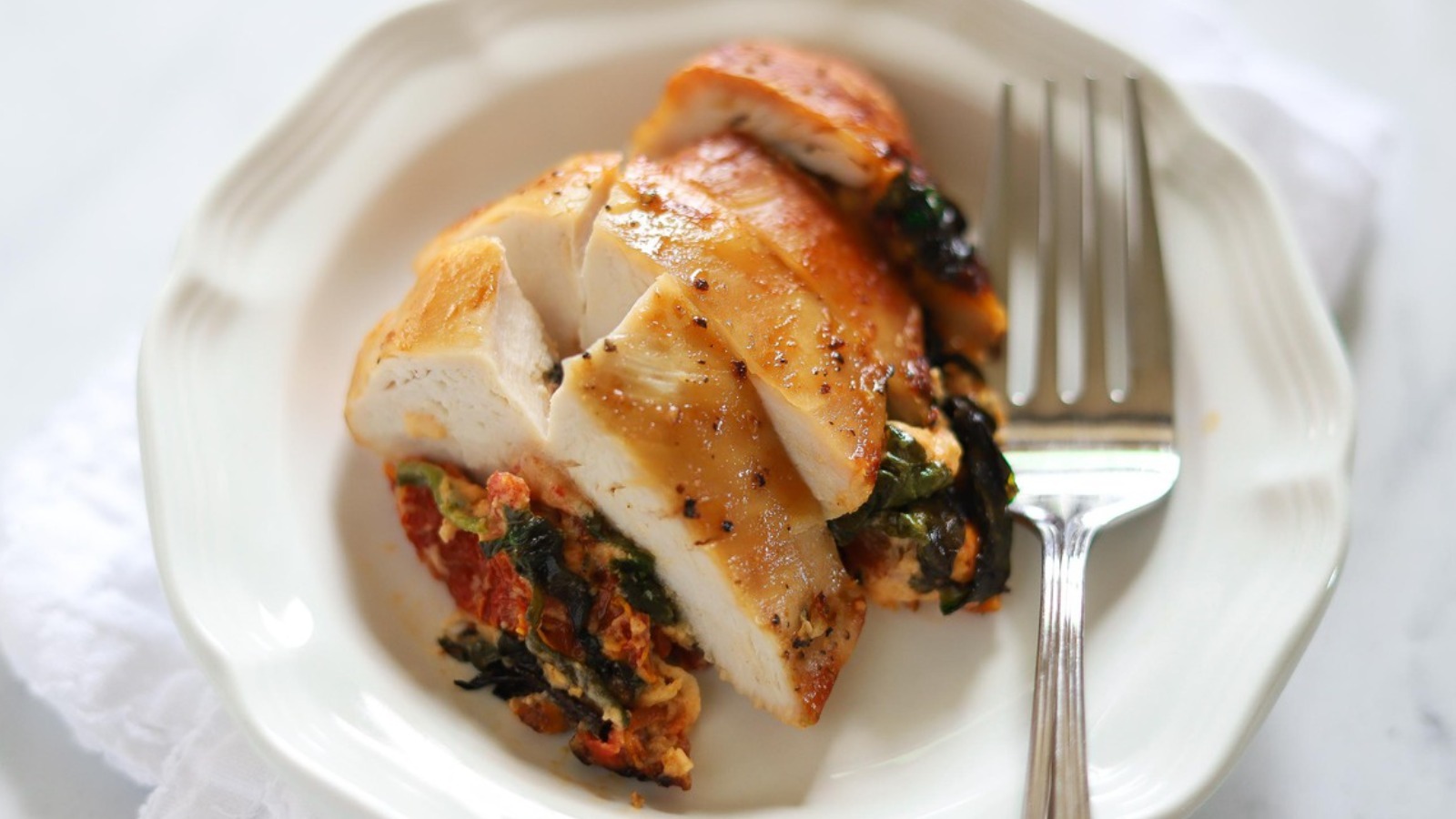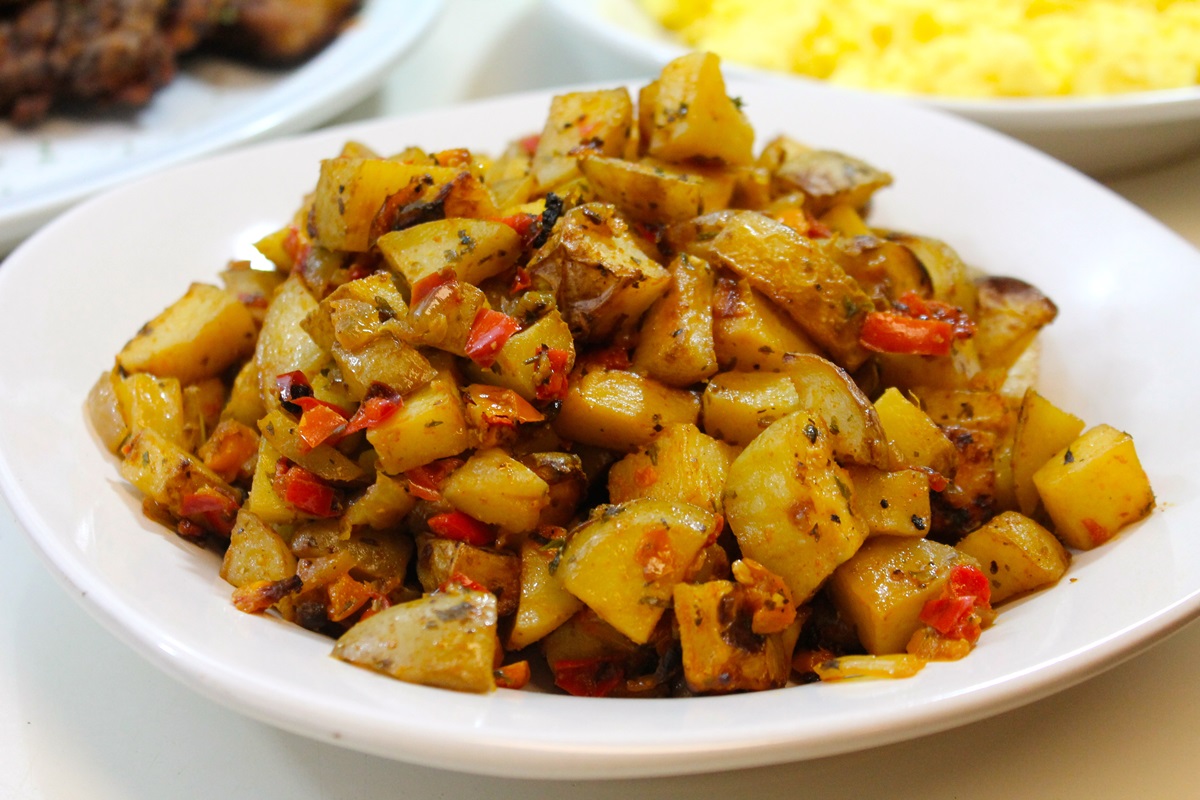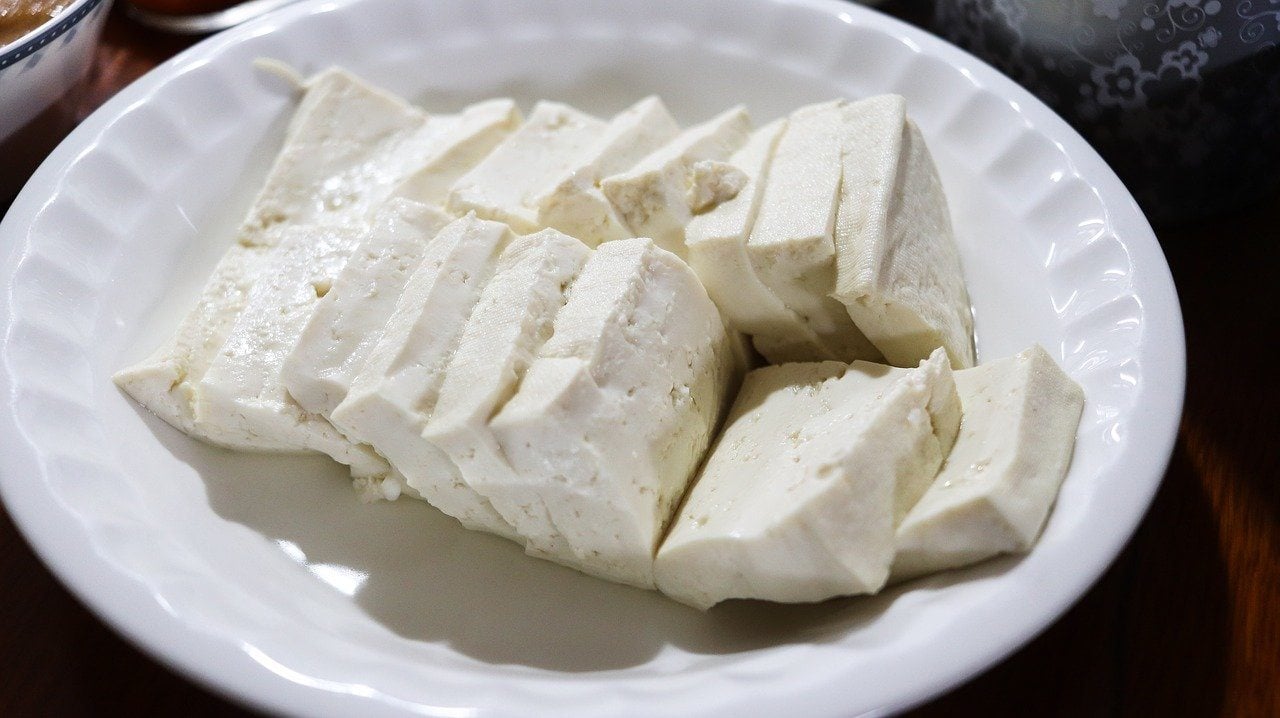Unlock the Secret to Perfectly Cooked Potatoes for Delicious Stews
Potatoes are a comforting and versatile ingredient in many dishes, and when it comes to stews, they can truly elevate the flavors and make your meal more hearty and satisfying. Knowing how to cook potatoes for stew can make all the difference between a lackluster dish and a flavorful masterpiece. Whether you’re a beginner in the kitchen or a seasoned chef, these tips and techniques will help you achieve perfectly cooked potatoes every time.
Choosing the Right Potatoes
When it comes to stew, selecting the right type of potatoes is paramount. Some varieties hold their shape better during cooking, while others become softer and creamier. Here are a few options:
- Russet Potatoes: These high-starch potatoes are ideal for stews as they hold their shape well while providing a fluffy texture.
- Yukon Gold Potatoes: These medium-starch potatoes are perfect for stews that require a creamy and velvety consistency.
- Red Potatoes: With a lower starch content, red potatoes hold their shape better, making them a great choice for chunky stews or potato-based soups.
Prepping Potatoes for Stew
Before adding potatoes to your stew, it’s essential to prepare them properly:
- Wash the potatoes thoroughly to remove any dirt or debris.
- Peel the potatoes if desired, or leave the skins on for added texture and nutrients.
- Cut the potatoes into uniform-sized pieces to ensure even cooking. Aim for 1-inch cubes or slices.
Slow Cooking for Heavenly Flavor
The secret to tender and flavorful potatoes in your stew lies in low and slow cooking. Here’s how you can achieve the best results:
- Add the potatoes to the stew during the last hour of cooking. This timing will prevent them from becoming mushy.
- Simmer the stew on low heat or use a slow cooker to allow the flavors to meld together while the potatoes slowly soften.
- Stir the stew occasionally to prevent the potatoes from sticking to the bottom of the pot.
Enhancing Flavors with Seasonings
While potatoes are delicious on their own, adding the right seasonings can take your stew to the next level. Consider these flavorful options:
- Garlic: Add minced or roasted garlic for a savory twist.
- Rosemary: Sprinkle some chopped rosemary leaves to infuse the stew with an aromatic flavor.
- Thyme: A pinch of dried or fresh thyme can bring out the earthy notes in your stew.
- Paprika: For an extra kick, sprinkle some paprika to add smoky and spicy undertones.
Remember to season your stew with salt and pepper to taste, ensuring that the flavors are well-balanced.
Adding Potatoes to Leftover Stew
If you have leftover stew, adding potatoes can be a great way to stretch the dish and enhance its flavors. Simply dice the cooked potatoes into bite-sized pieces and gently reheat them with the stew. This will infuse the potatoes with the existing flavors while allowing them to soak up the deliciousness.
So there you have it – the key principles to cooking potatoes for stew. By selecting the right potatoes, prepping them properly, slow cooking, and adding complementary seasonings, you’ll be able to create a pot of hearty and flavorful stew that will have everyone coming back for seconds. So go ahead and put your culinary skills to the test – your taste buds will be grateful!
Explore More Delicious Potato Recipes and Uses
After mastering the art of preparing potatoes for stew, readers are poised to experiment with a variety of sumptuous recipes that showcase this skill. For a hearty meal that resonates with robust flavors, the Classic Beef Stew with Russet Potatoes is highly recommended. Its traditional approach allows the russet potatoes to absorb the rich, meaty broth, making each bite a delightful experience. Alternatively, those seeking something with a bit of zest might gravitate towards the Spicy Chorizo and Potato Stew. The chorizo adds a spicy kick that pairs perfectly with the creamy potatoes. For a lighter option, the Hearty Chicken Stew with Yukon Gold Potatoes provides a comforting yet flavorful dish, with potatoes that complement the tender chicken wonderfully. Trying these recipes will not only broaden your culinary repertoire but also enhance your appreciation for the versatility of potatoes in cooking.
Was this page helpful?
Read Next: How To Cook Small Sago Tapioca Pearls
